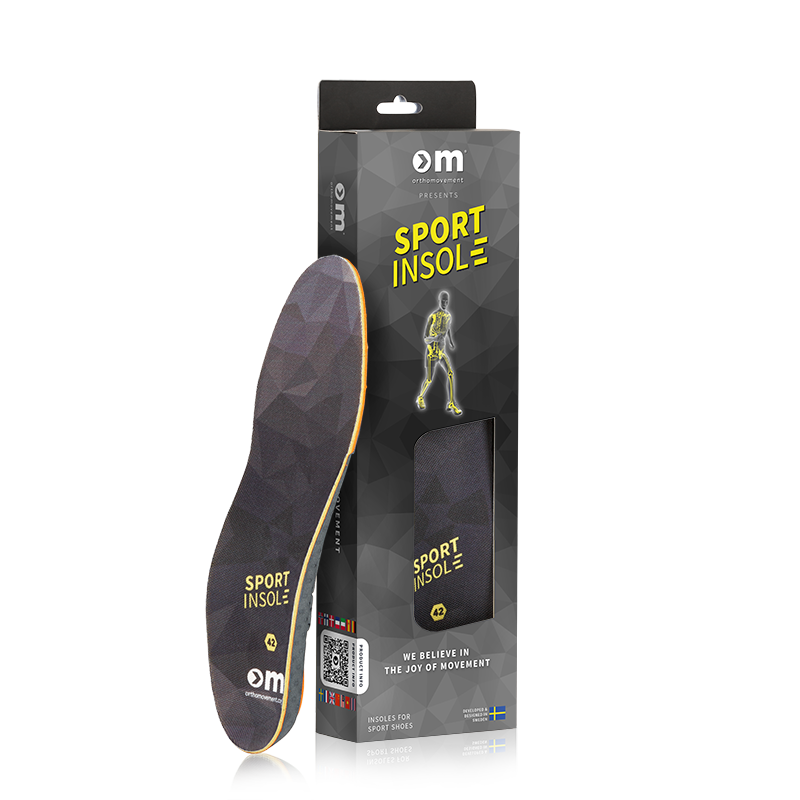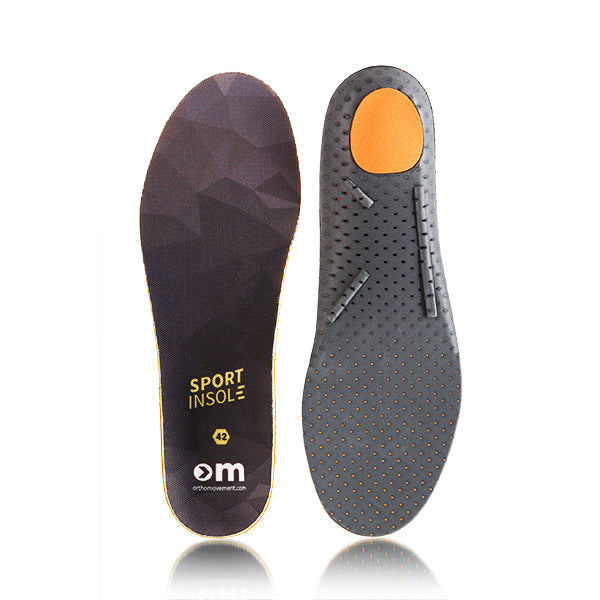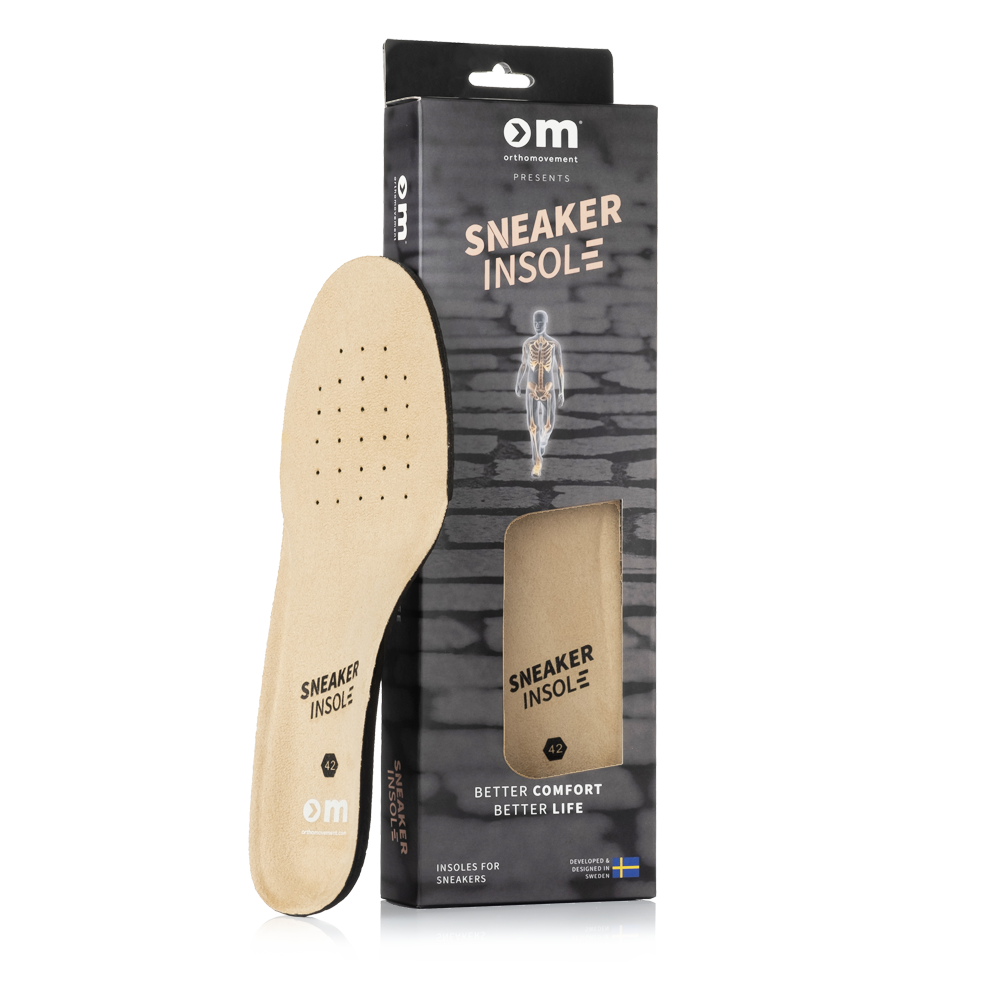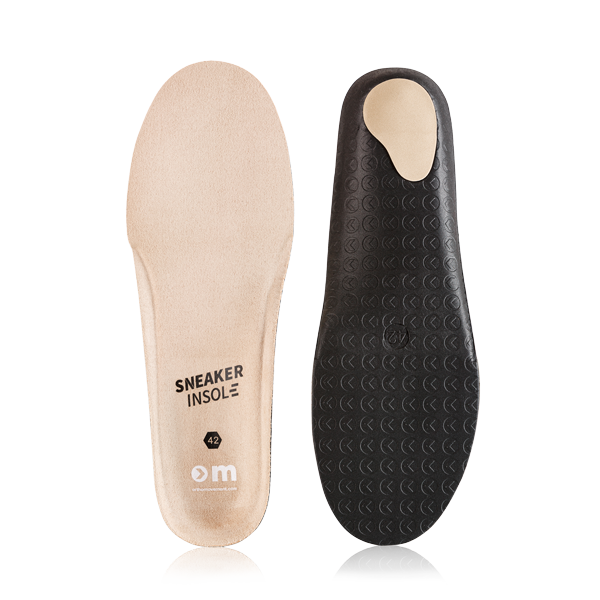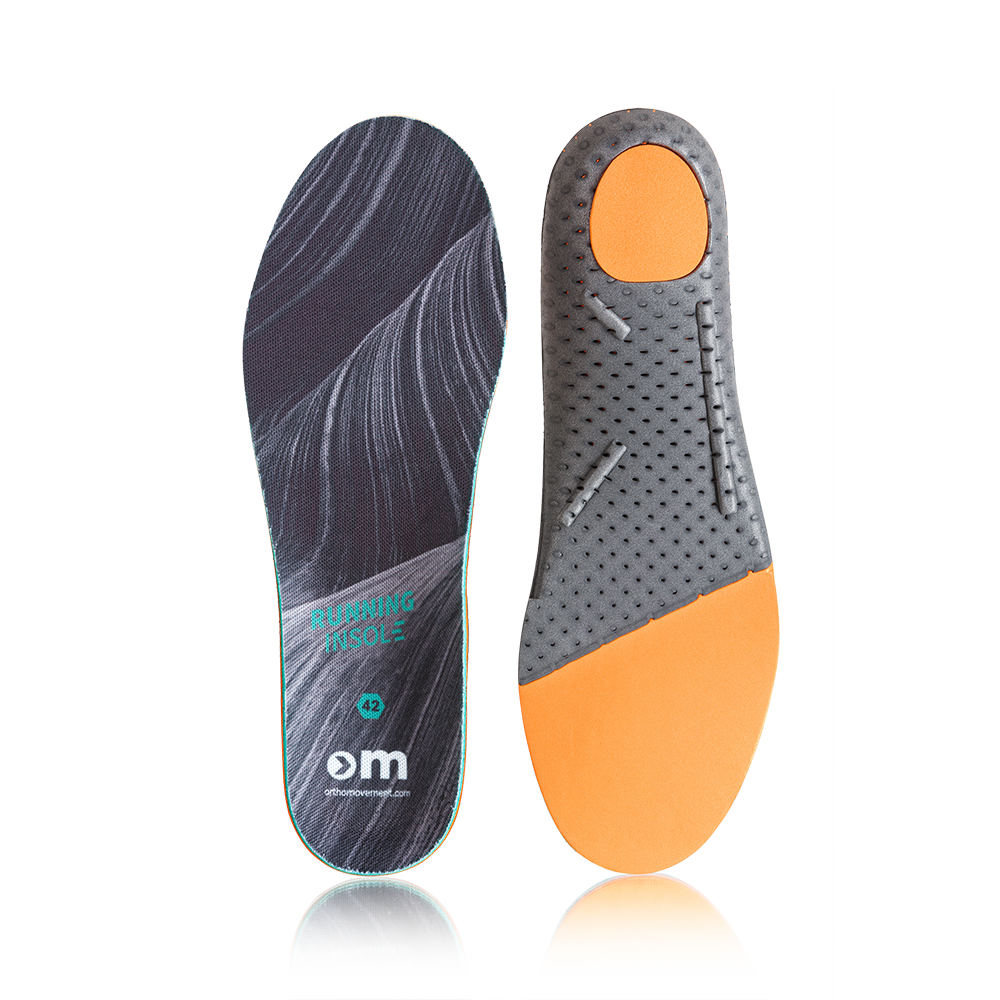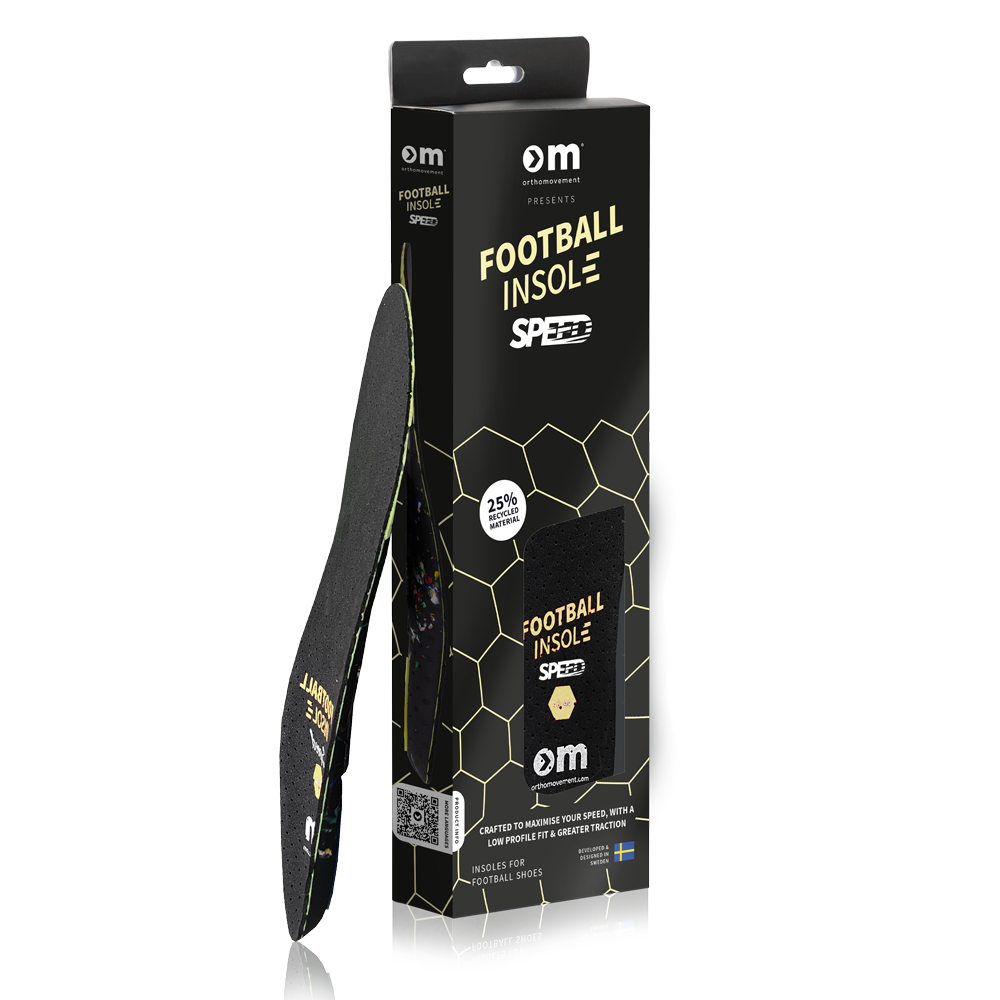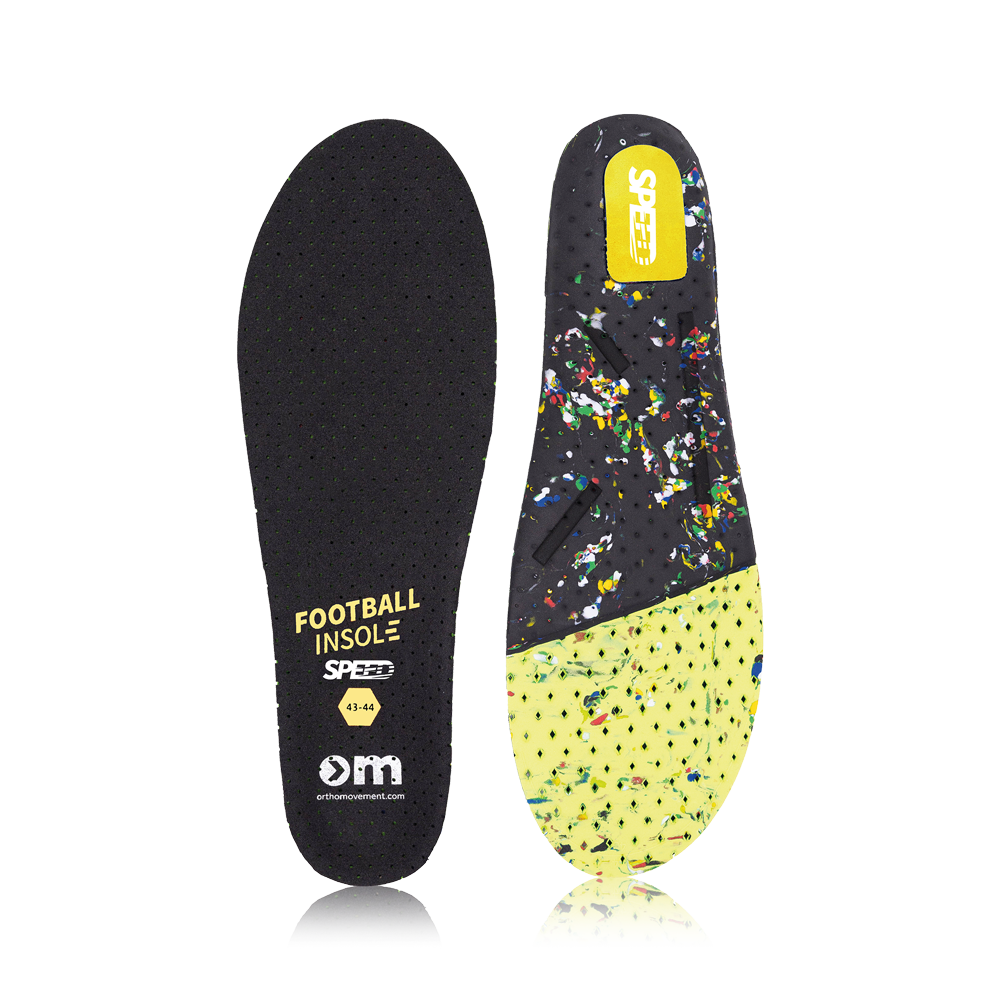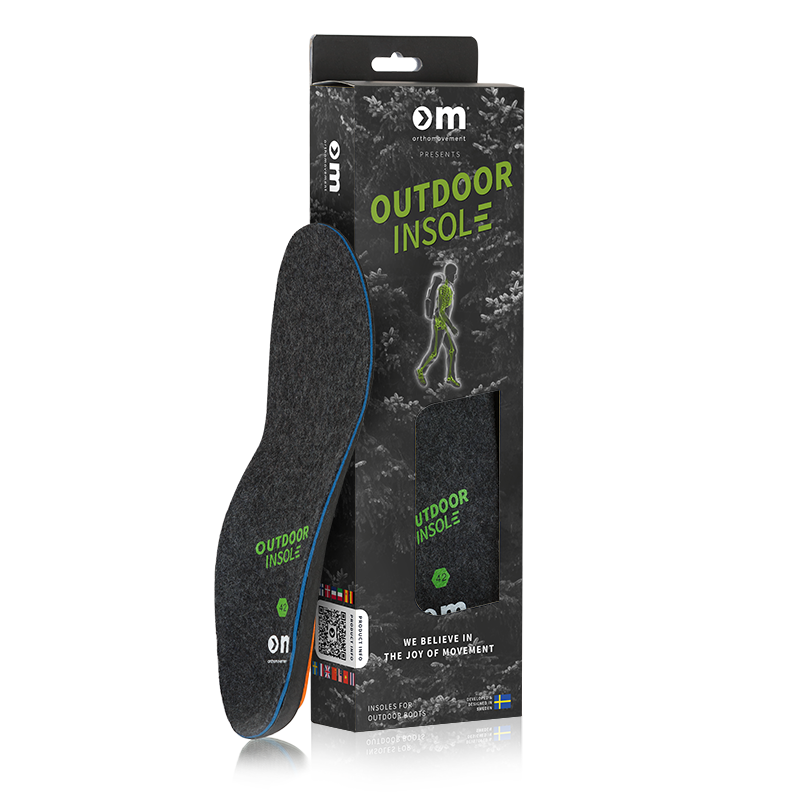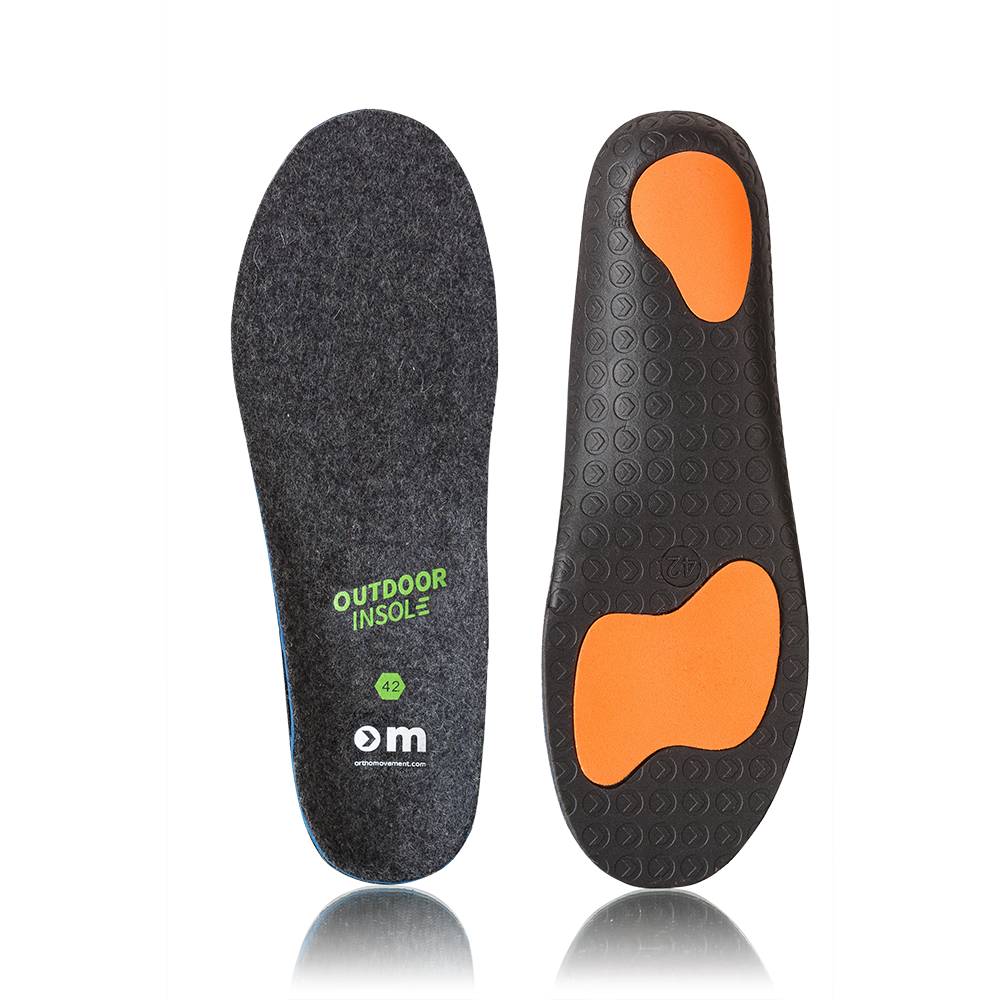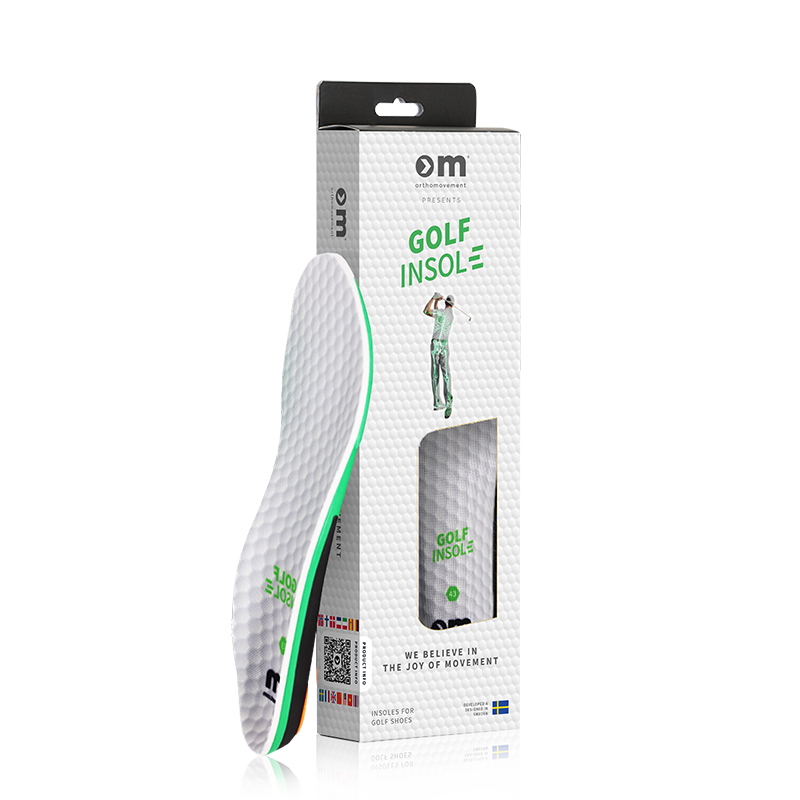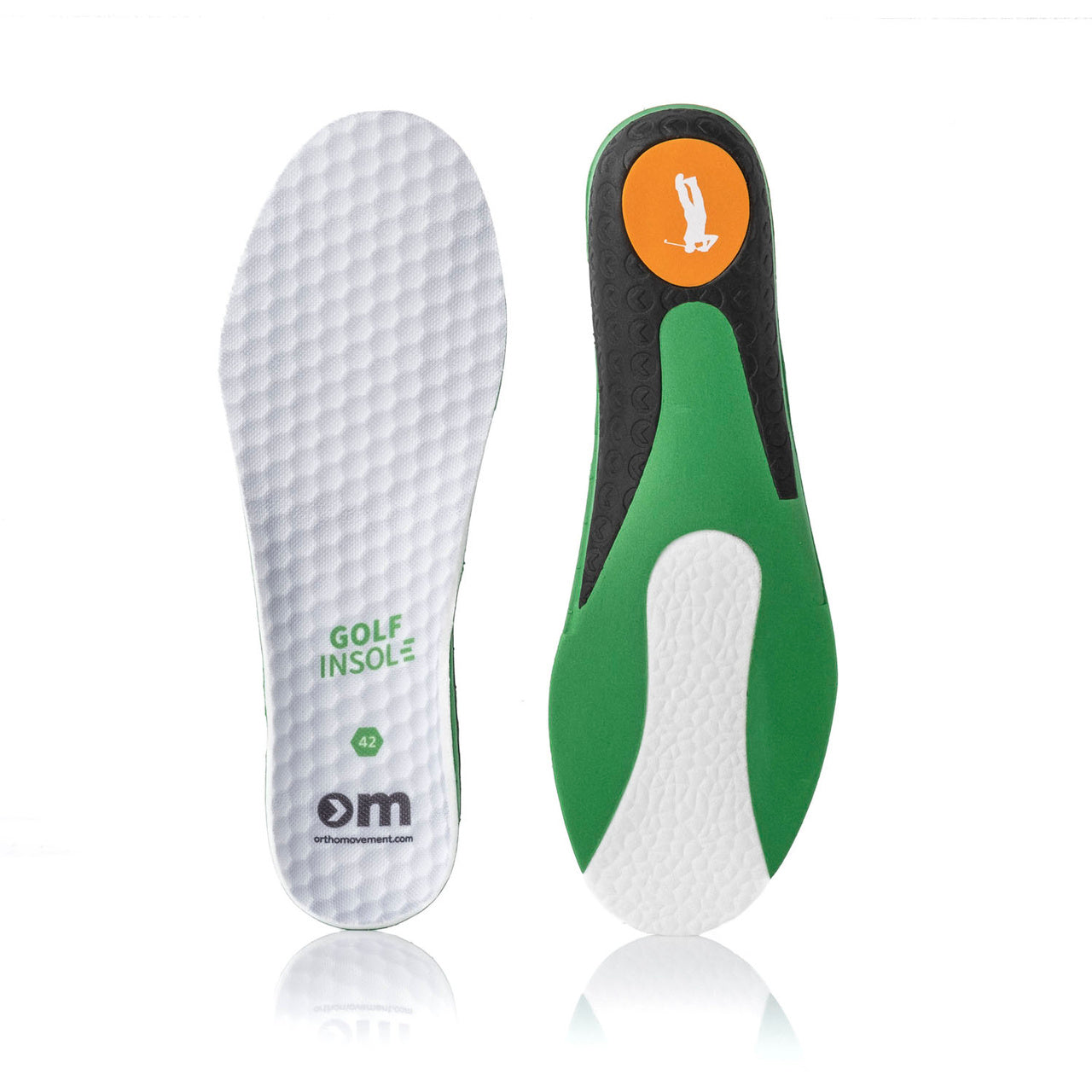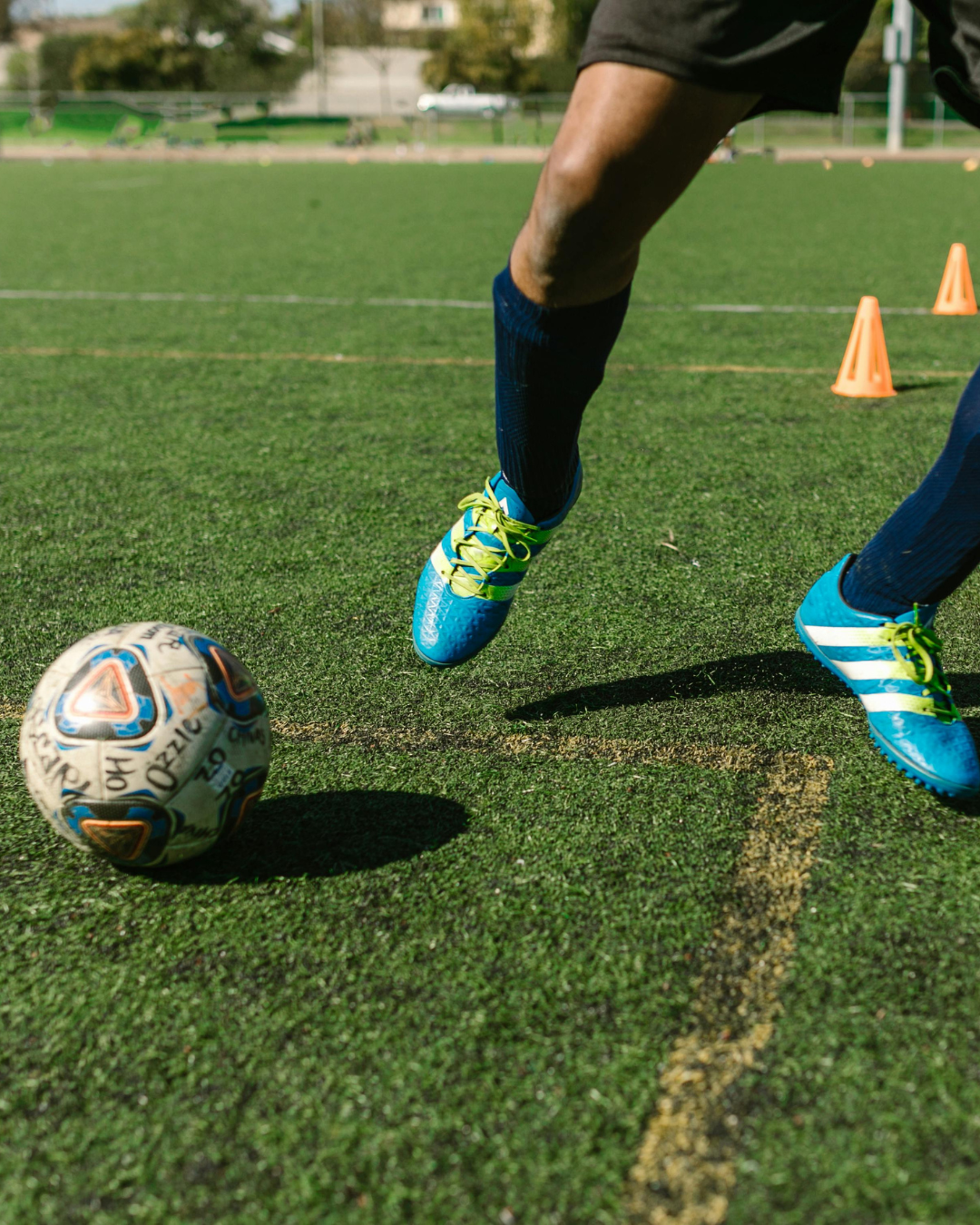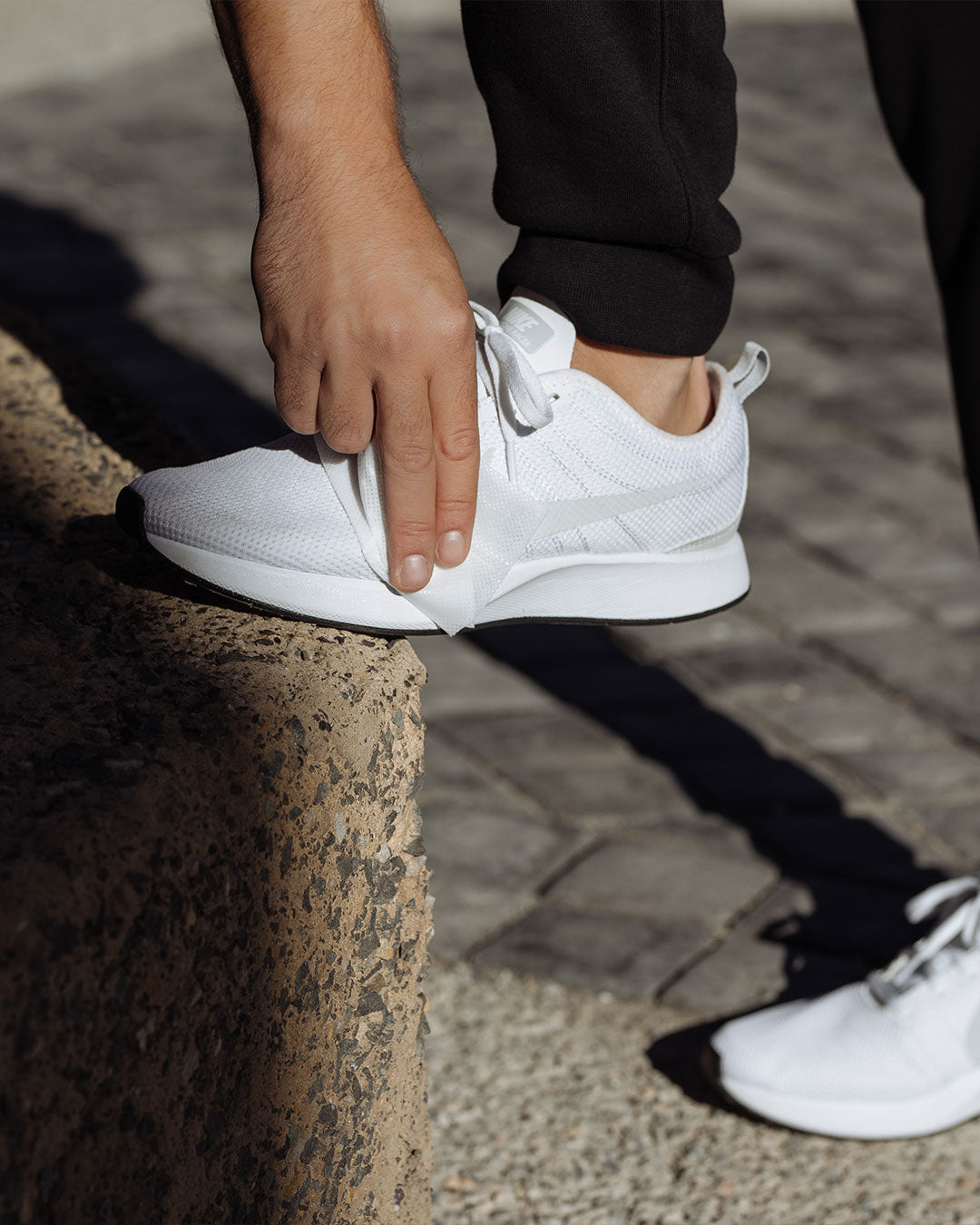Guides – Feet – Foot health
Foot health: Learn more about the importance of keeping your feet happy and what you should think about when choosing shoes and insoles.
All people either have a low, normal or high arch. Low and normal arch are the most common types of arch among people. You can test which type you are at home by getting your feet wet and stand on a flat surface where you can see your imprint such as on a paper or a newspaper. Our upgrade range insoles are crafted with an unique medial and longitudinal arch support design that is adapt to fit all of these feet types as good as possible. This, together with the material of a semi hard E.V.A creates a dynamic function.
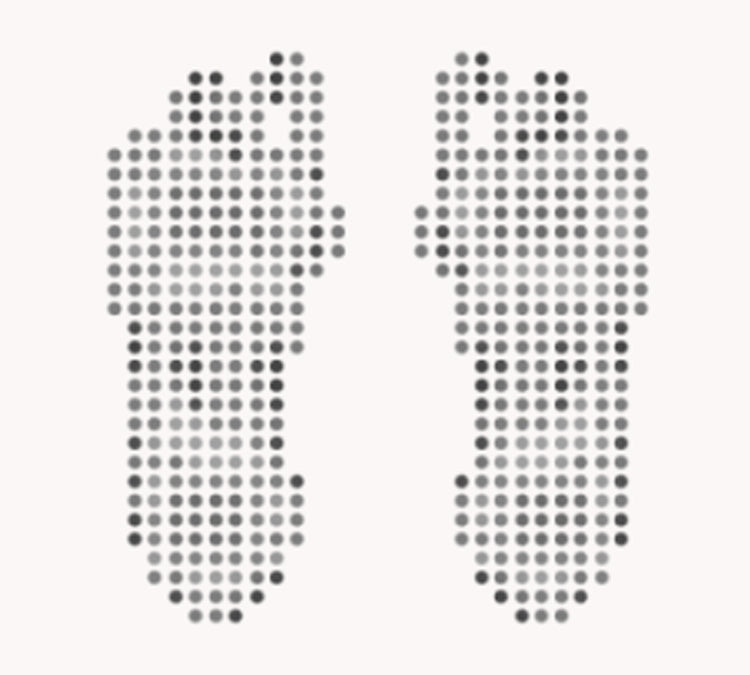
Low arch/flat feet
Characteristics: Low arch feet are very flexible and sits low to the floor surface, the arch is not well defined.
Foot print: if you have a low arch almost your entire bottom of your feet makes a print. It is common that if you have low arch that you over pronate.
Statistics: About 60% of the population has low arches.
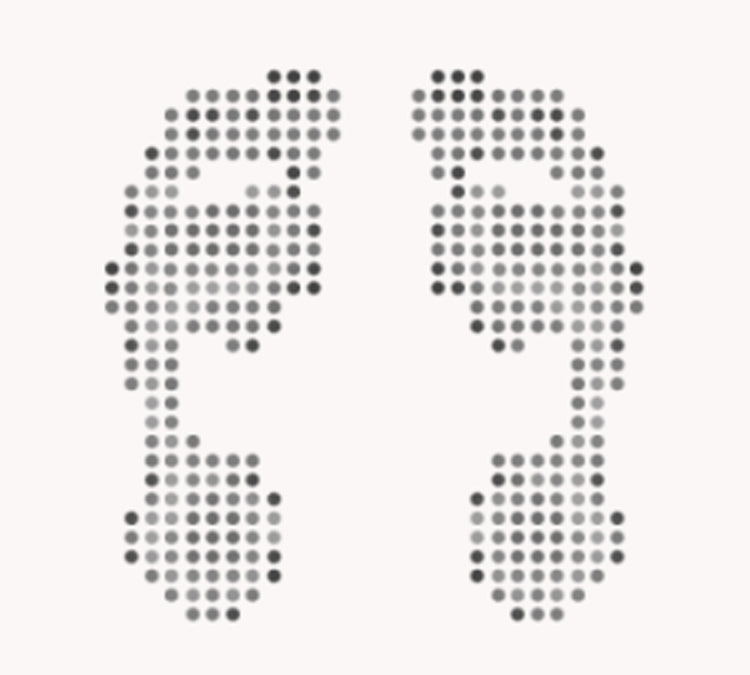
Normal/Medium arch
Characteristics: This arch is biomechanically an efficient foot, well natural functioned and flexible with a defined arch.
Foot print: You have a normal arch if you see the inside curve of your feet is missing on the imprint. Even when you have normal arch it is common that you over pronate.
Statistics: About 30% of the population has normal/medium arches.
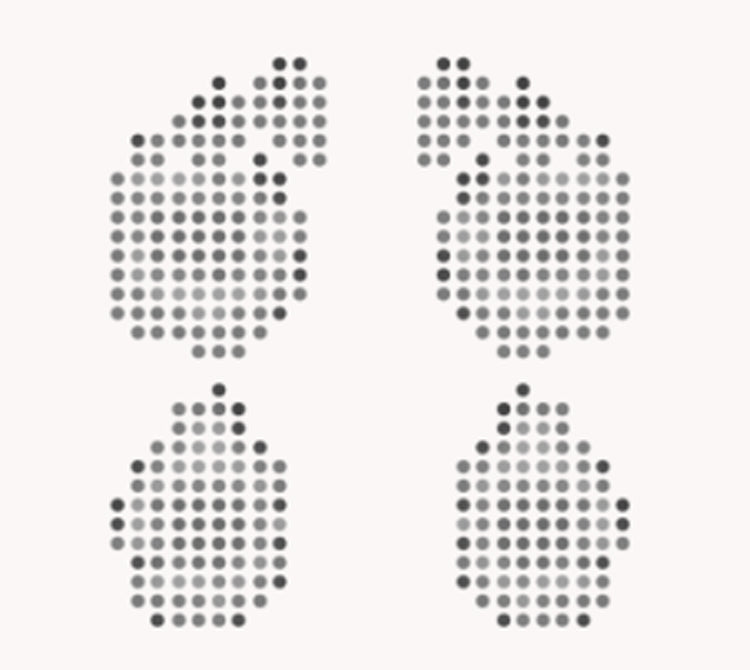
High arch
Characteristics: High arches are usually stiff and rigid with an arch that sits high from the ground with a well defined arch. They rarely have a pronation and often a stiffer stance or a supination.
Foot print: You have a high arch if you can’t see anything but your top of your feet and your heals.
Statistics: About 10% of the population has high arches.
Ortho Movement means linear movement and that is our world ambition. We want to make people linear again, because if you are linear you will minimize the risk of issues with back, joints and muscles. It all begins with the feet. Please take our feet fact class and become an expert yourself.
What is Pronation?
It starts with how our bodies are build and in the most cases that’s genetic. Pronation is a natural movement of the foot that occurs during foot landing while running or walking. About 60% of the population pronates more than they need to in order to function properly. People that pronate are most likely to have a flat foot/low arch.
What is neutral pronation?
Some pronation, also called eversion, is natural in the body’s regular movement. Neutral pronation occurs when the foot experiences a healthy amount of pronation. In a healthy movement all toes are part of the foot leaving the ground movement and the weights is distributed fairly. This is what we refer Ortho Movement to, having an aligned movement that straighten up the body from the feet and knees up to the back. Whereas every movement with a misalignment will pressure the body in a less healthier way.
What is Overpronation?
Overpronation occurs when the foot impacts the ground and there is not enough of an outward movement in the foots motion. This results in a miss balance of the weight on the toes so the big toe and second toe take the entire push. Additionally, this results in an unnatural angle forms between the foot and the ankle resulting in pain in joints, knees and back.ding element.
What is Supination?
Supination is the opposite to Overpronation and occurs when the foot impacts the ground and there is not enough of an inward movement in the foots motion. This results in a miss balance of the weight on the toes resulting in pain in joints, knees and back. People that supinate are most likely to have a high arch.
Upgrade insoles
Our mission at OM is to break the human limits to experience more. Inspired by movement. Powered by passion. Move with us, and feel the joy.
More about OM




















